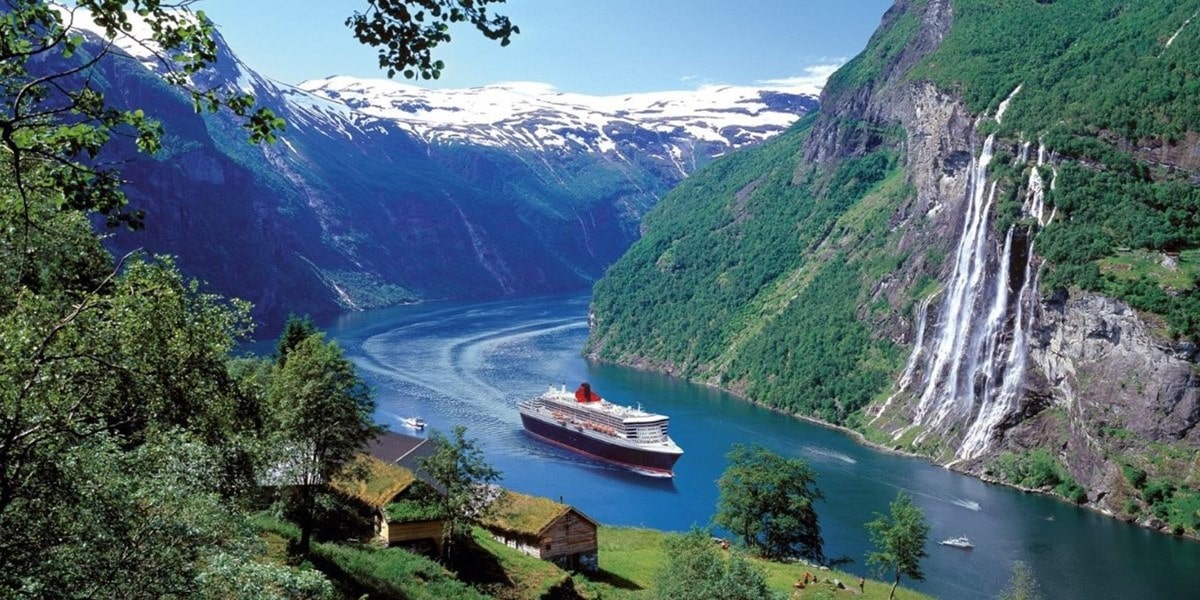FJORD
Doodlebrary
- A fjord is a long, narrow inlet of the sea that is typically surrounded by steep cliffs or mountains.
- Fjords are formed through a combination of glacial activity and tectonic processes.
- They are commonly found in regions with a history of glaciation, such as Norway, New Zealand, Canada, Chile, Iceland, Greenland, the United States, Scotland, etc., although they can be found in other parts of the world as well.
- The formation of a fjord usually begins with the carving of a deep valley by a glacier during periods of glaciation.
- As the glacier advances and retreats, it erodes the landscape, creating a U-shaped valley.
- When the glacier eventually retreats due to changes in climate, sea levels rise, and the valley becomes submerged by the ocean.
- This results in the characteristic long, deep, and narrow inlet with steep sides that we associate with fjords.
- Fjords are not only visually stunning natural features but also provide important habitats for various wildlife and are often popular tourist destinations due to their scenic beauty.
- Additionally, they can serve as navigational routes and have historically been important for transportation and trade in some regions.
